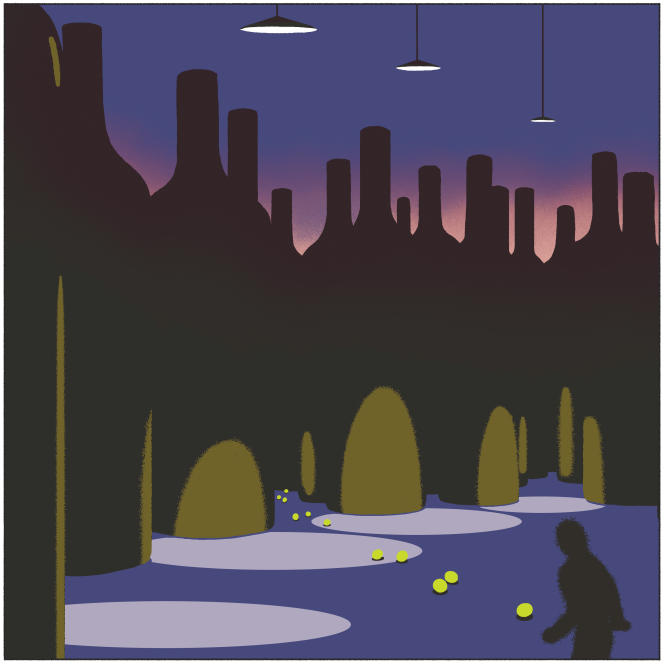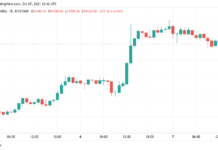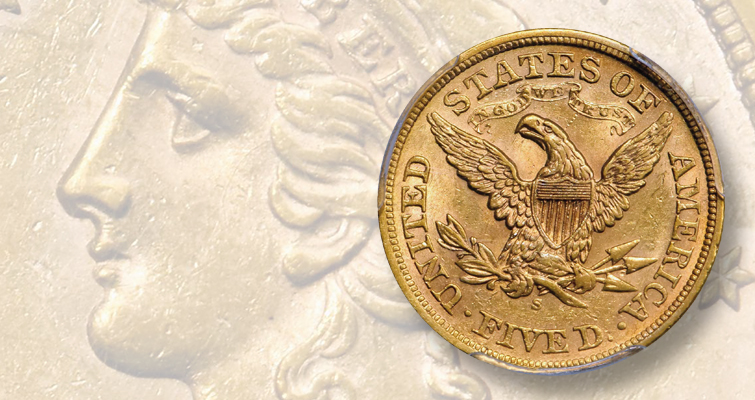1. It hurts the head, or the legs, or the stomach
White wine has, especially when consumed in excess, a worse reputation than red or rosé. Some people even say they can’t stand it, right from the first drink. The reason lies in its manufacture and can be summed up in one word: sulfites. The amount of sulfites is higher than in red wines, on average 25 to 30%. Not everyone is intolerant of it, far from it, but if you are sensitive to it, then white wine can indeed cause headaches and cramps, due to the vasodilator effect of SO2 (sulphur dioxide ) and its ability to capture oxygen.
That said, white wine is not the only culprit in this story, since champagnes and rosés often contain a similar dose. Sulfites protect them from unwanted bacteria that could contaminate the wine such as oxidation, and help maintain a brilliant color. The best way to circumvent them is, logically, to move towards wines without added sulphites, the famous “wines without sulphur”.
For others, there is hope: sulphite levels tend to decrease, thanks to more advanced winemaking methods. But also thanks to the development of a new technique, nicknamed “bioprotection”. It consists of inoculating the juice with selected yeasts, which will occupy the land and prevent the proliferation of others. Thus, winegrowers can drastically lower their sulfur levels without risk to the quality of their wine.
2. You need white grapes
It is to forget a little quickly that champagne is first, before sparkling, a white wine. And that it’s usually made with a good portion of black grapes! It is quite possible to obtain white wine with pinot noir, for example, or gamay, provided you do not let the juice macerate in contact with the coloring skins. There are also small confidential cuvées produced this way, either as a challenge for the winemaker, or because, for example, his harvest of white grapes has been destroyed by a weather accident. The very coloring grape varieties will nevertheless be more difficult to vinify in white, but, with a soft pressing, one can obtain a “spotted white”. And to finish convincing you, look at some rosés, so pale that you can confuse them with whites.
Note that the reverse is also false: with white grapes, you do not only produce white wine. If the juice macerates for a while with the skins, as with red wines, the winemaker will get orange wine! Finally, some regions, the Rhône Valley in particular, allow a tiny proportion of white grapes in red wine (often up to 5%), in order to calm the ardor of wines that are too massive.
3. At the table, it only goes with fish
Ooh the ugly misconception! Of course not, well, you should be ashamed to think that. First, do we still have to kick in an open door by remembering that white wine is a better companion than red for a cheese platter? Of course, you have the right to prefer a well-coloured wine, I’m not discussing your tastes, but with a goat cheese (dry or fresh) or a camembert, there is no comparison. And then vegan dishes, gratins, pasta or risottos are much easier to pair with white. Just remember the color rule: is it rather pale on the plate? Take a white wine.
4. Red on white, it’s all gone
Honestly, I never understood this adage. Who comes, it must be known, from the navy and the order of the flags! If the white flag is hoisted above the red one, no one moves, the sailors stay on board. But if it is the red which is put on the white, the boat can be emptied of its occupants. So why apply this maxim to wine? Mystery. In any case, it is false. Many gourmet menus start in white and continue in red. Red on white, then, and all is well. Maybe the question arises if it’s about getting drunk, but don’t ask me to talk about it, your vices don’t concern me.
5. We drink less and less
Quantitatively, it is. But proportionally, it is the opposite. The French consume less and less wine, from 100 liters per inhabitant per year in 1975 to 40 liters today. However, after being gradually abandoned in favor of rosé, white wine is making a good comeback. Less meat, fewer dishes in sauce, more dinner aperitifs, the share of white in sales has thus increased by 4.5% in ten years, at the expense of red. The latter remains in the lead, with just under one in two bottles sold, while rosé stabilizes at 30% of sales and white now reaches 21%. A proportion that should increase further over the next decade, since Burgundy is becoming increasingly white (especially in the Mâconnais) and the Rhône Valley plans to double its production of white wines by 2030.














